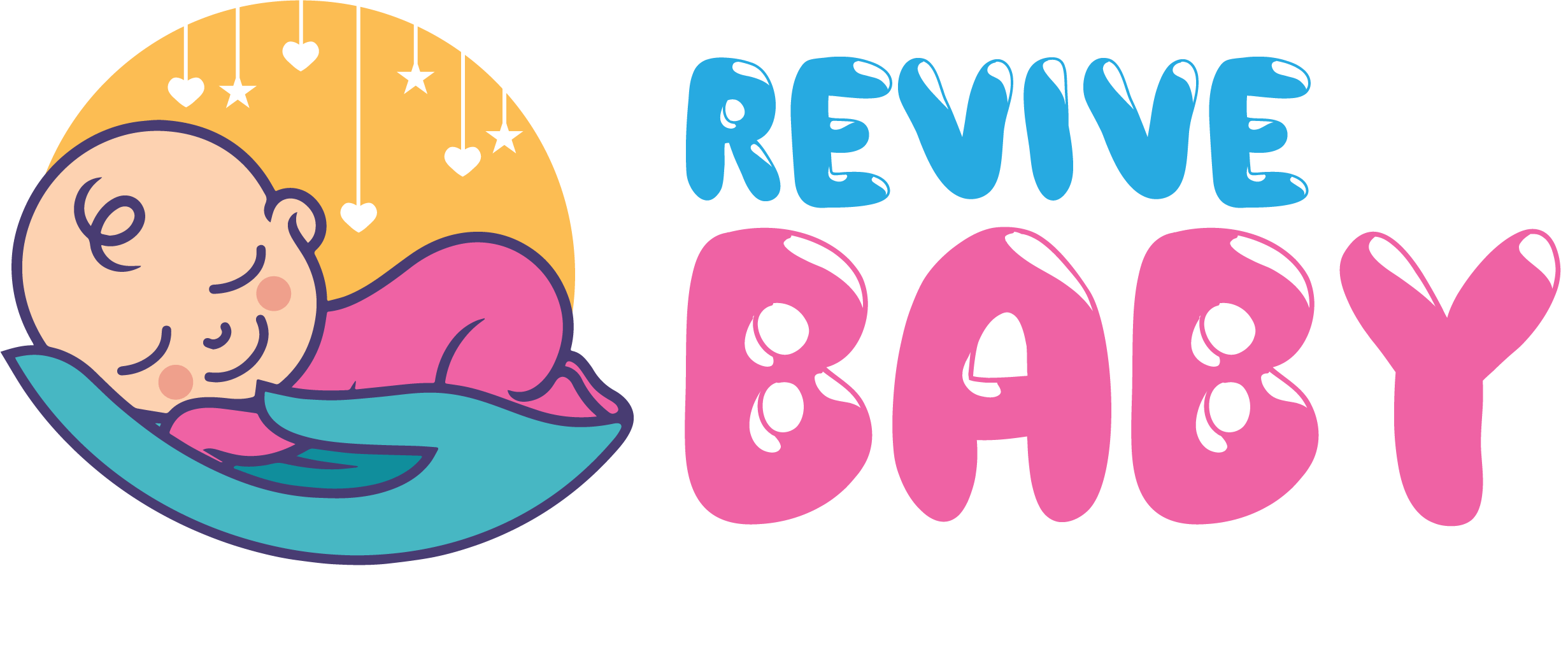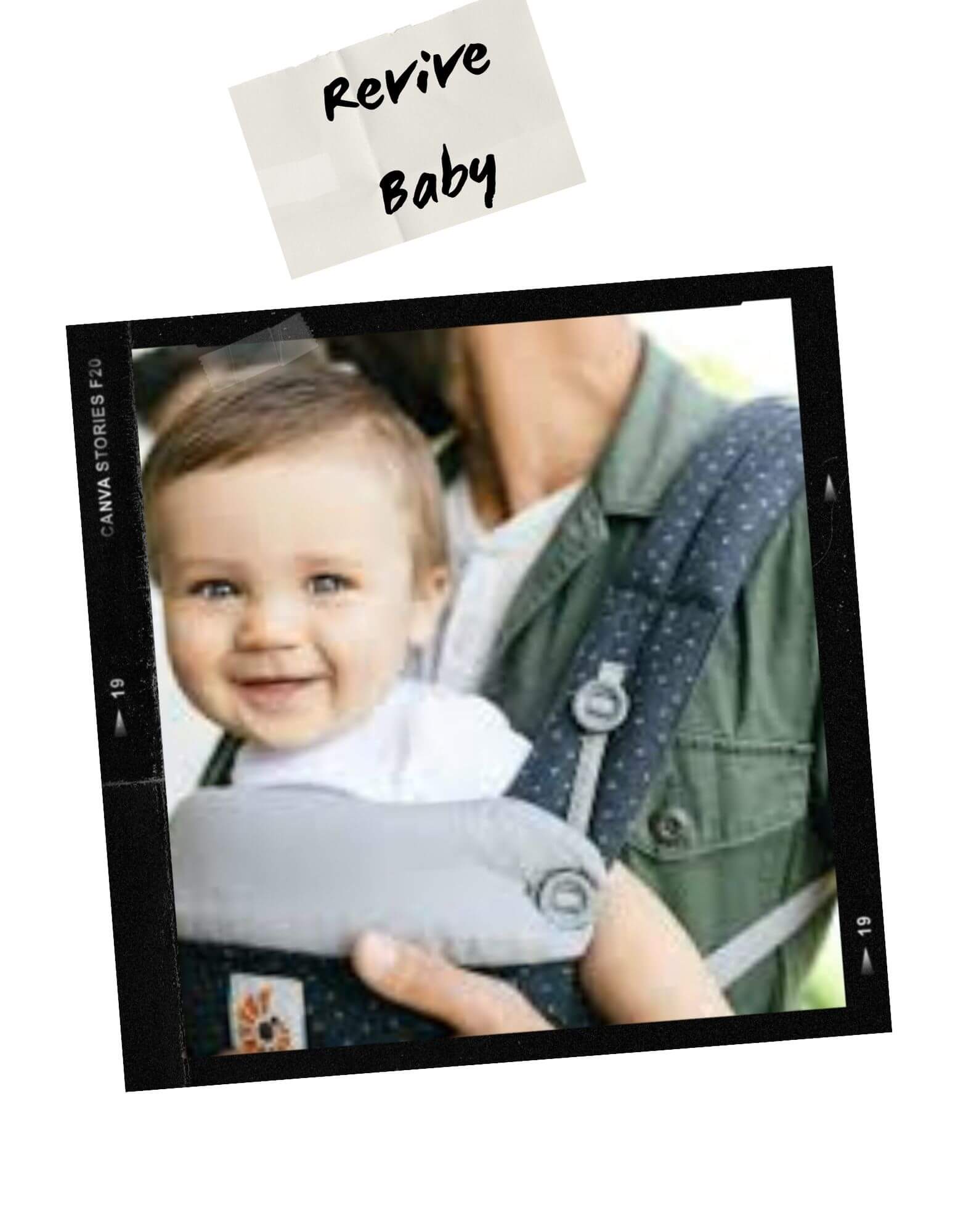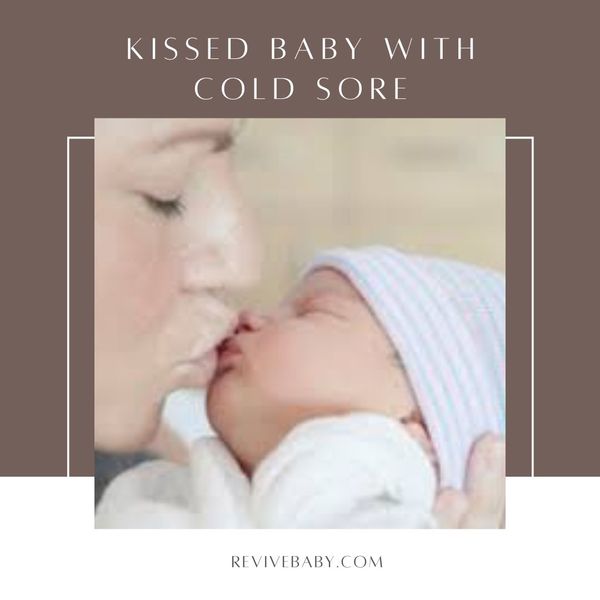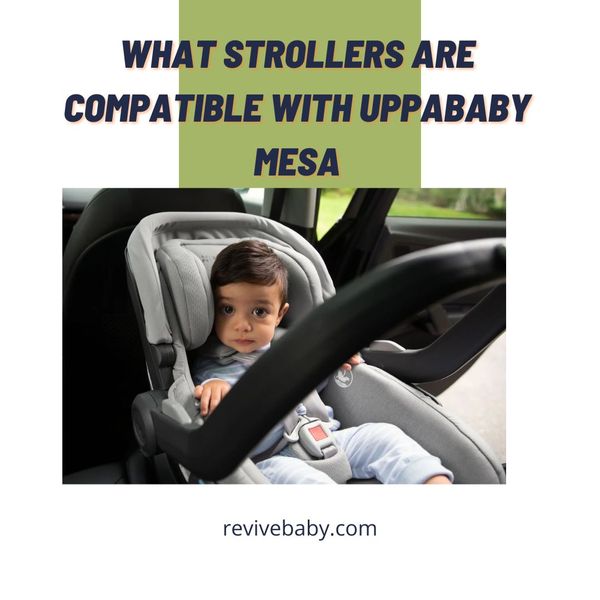Many new mothers want to keep their baby as close to them as possible, but they have many questions, like can you carry a baby in the carrier, or is it safe to carry a newborn baby in the carrier? If your baby is on the way and you want to know more about baby carriers, let's dive in.
For How Long Can You Carry A Baby In A Carrier?
Many parents, especially mothers, want to keep their babies close to themselves for a full day; to do this, they place the baby in carriers for a minimum of 6 to 12 hours. There is no guideline on how long to place your baby in a carrier. However, it is a healthy practice to keep them in the carrier for just 2 hours and then give them a break.
Can You Carry A Baby In The Carrier?
You can carry your baby in the baby carrier or sling, which is entirely safe. This is a great way to bond with your baby, and the baby also feels comfortable. However, you must remember some things, such as the negative effect of baby carriers, when you can carry your baby, and how long you can keep it in the carrier. If you also want to know about all these things, keep reading.
Is A Baby Carrier Safe For Newborns?
Many parents want to know when placing their baby in the baby carrier is safe. Some parents think that they can't place newborn babies in the baby carrier and that it is dangerous for them; however, it is just a myth. You can take the baby carrier to the hospital and use it from day one.
Keeping the baby close to the mother's body or skin-to-skin contact helps quickly recover preterm babies. However, ensure that your baby is 7 lb or more than seven pounds because placing them in the baby carriers is unsafe if it is less than this.
Safety Tips For Using A Baby Carrier
Using a baby carrier is entirely safe if you use it correctly; otherwise, it may result in serious complications. Here are some of these safety tips which you must keep in mind before using a baby carrier.
Keep Your Baby Vertical
When placing your baby in the baby, ensure its back is straight and not bent. If your baby is cradled, their chin will get close enough to the chest and compromise their breathing.
Positioning Of Baby
When placing the baby in the carrier, ensure their face is visible, and you can quickly kiss their head. If their head is not close enough to your face, it may result in slumping and breathing complications for the baby. So make sure they are high enough as well.
Tuck In Tight
When placing the baby in the carrier, ensure the back is completely straight and not making a C shape—a loose fit results in baby slumping and breathing difficulties. The loose fit will not only affect your baby but also harm your body.
Maintain M Position Of Hips
When babies are born, their hip muscles and ligaments are soft, and they can quickly develop hip dysplasia if they do not keep the proper anatomical positions. When placing your baby in the carrier, ensure their legs and hips are making an M position. If this position is not maintained, your baby may develop hip dysplasia.
Maintain T.I.C.K.S
Last but not least, make sure that you are maintaining T.I.C.K.S
T: tight enough
I: in view
C: close enough
K: keep chin off chest
S: support the back
If you maintain this, there is no risk, and your baby will remain completely safe in the carrier.
Benefits Of Babywearing
Babywearing is not simply a practice to keep the baby close to yourself but has many proven medical benefits.
Prevention Of Flat Head Syndrome
When a baby stays on his back longer, their head may become flat and long. Babies' skull bones are soft and can be easily modified in any shape.
Baby Will Remain Calm
When the baby is in the womb, he is used to hearing the heartbeat. After birth, babies may feel strange and crave the same close contact and heartbeat. Your baby may start to cry when not feeling that closeness. Keeping your baby in the carrier will help them feel the same as in the warm and remain calmer.
Easy Breastfeeding
You can easily breastfeed your baby in a carrier by slightly lowering them. This will help you perform your daily task easier, and you can maintain your privacy. Also, it's scientifically proven that keeping your baby close to your chest and the baby touching the chest can increase milk production as well.
Reduces Depression
Many mothers suffer from post-natal depression and may lack proper performance in daily activities. Keeping the baby in a baby carrier has proven to help in fighting depression and quick healing of the body as well.
FAQs
Can I go for a baby carrier instead of a car seat?
Yes, you can choose a baby carrier instead of a car seat, especially if your baby is under 9 kg. You can use a car seat for your baby when their body weight is about 15 kg. Before that, placing them in a car seat is not an excellent option. Still, if you are interested in buying the safest convertible car seat, we have reviewed multiple best options you may like.
Can you use a stroller Instead of a baby carrier?
Yes, you can use a stroller instead of a baby carrier. When the baby is younger, using a baby carrier is much better. You can go hands-free with your baby in the carrier and do your daily chores easily.
Conclusion
Many first-time mothers may get confused between the stroller and carrier and may want to know if they can carry a baby in the carrier or carrier is safe for newborns. If you also have these questions, carrying a baby in a carrier is entirely safe.
You have to ensure you are doing it correctly and following the T.I.C.K.S. As long as you're doing it correctly, it is safe and will provide health benefits to you and your baby.








